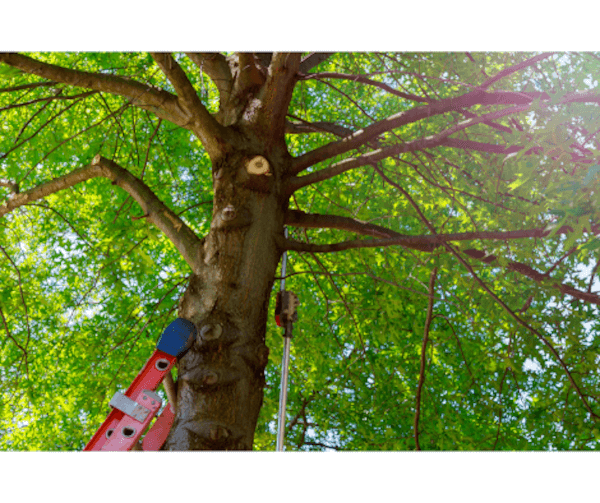
The post Performing A Tree Species Analysis appeared first on Turf Magazine.
Did you miss our previous article…
https://www.cincinnatitreeservicecare.com/?p=278
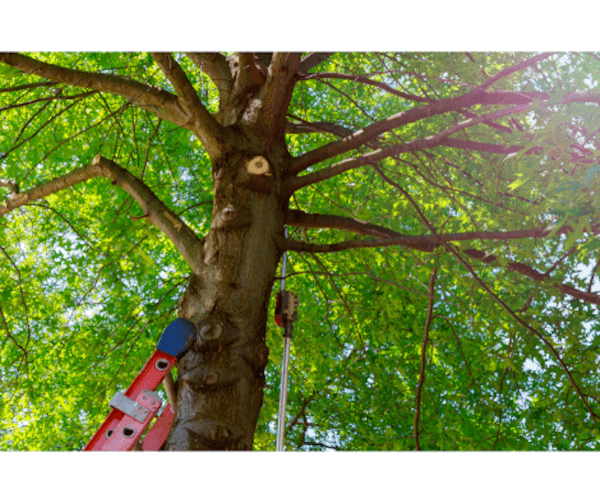

The post Performing A Tree Species Analysis appeared first on Turf Magazine.
Did you miss our previous article…
https://www.cincinnatitreeservicecare.com/?p=278
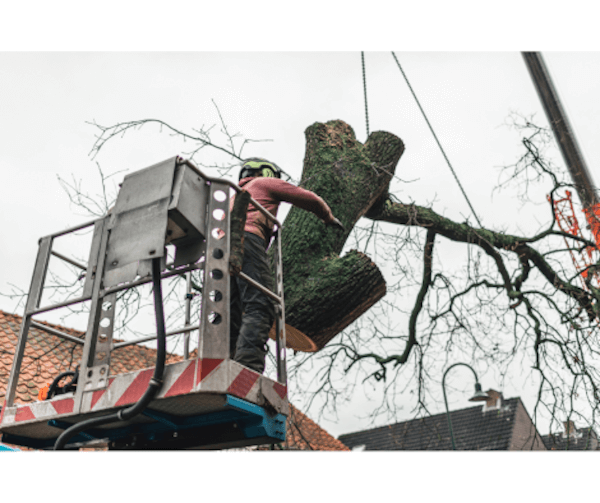
Invasive plants are not native to an ecosystem. Further, their introduction results in harm to that ecosystem. Their presence can negatively impact the environment as they spread aggressively and outperform native plants. They can also hurt the local economy, affecting agriculture, outdoor recreation or operation of utilities, to name a few. In some cases, invasive species can even introduce threats to human health like toxins and allergens not previously common in a geographic region. For many property owners, invasive plants can also be a major nuisance. They are often difficult to remove and control, and quickly take over prized landscape plantings and native woodlands.
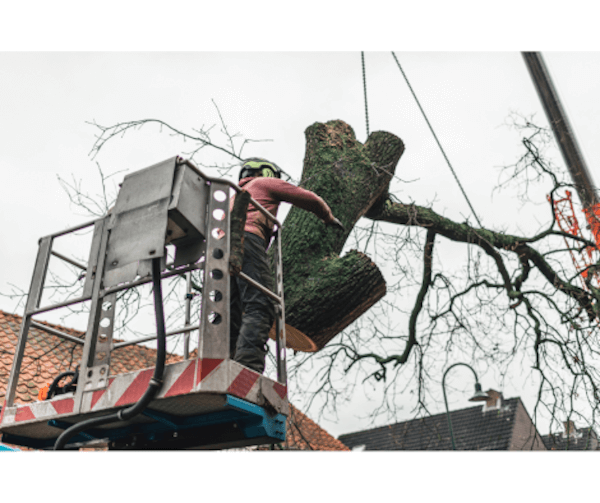
Invasive plants easily overtake and outperform native species.
Depending on your location, there are likely a number of invasive species that have already become established. Each region seems to have a plant that locals know and hate. For example, Japanese knotweed, burning bush and tree of heaven are all well-known, and unloved, invaders.
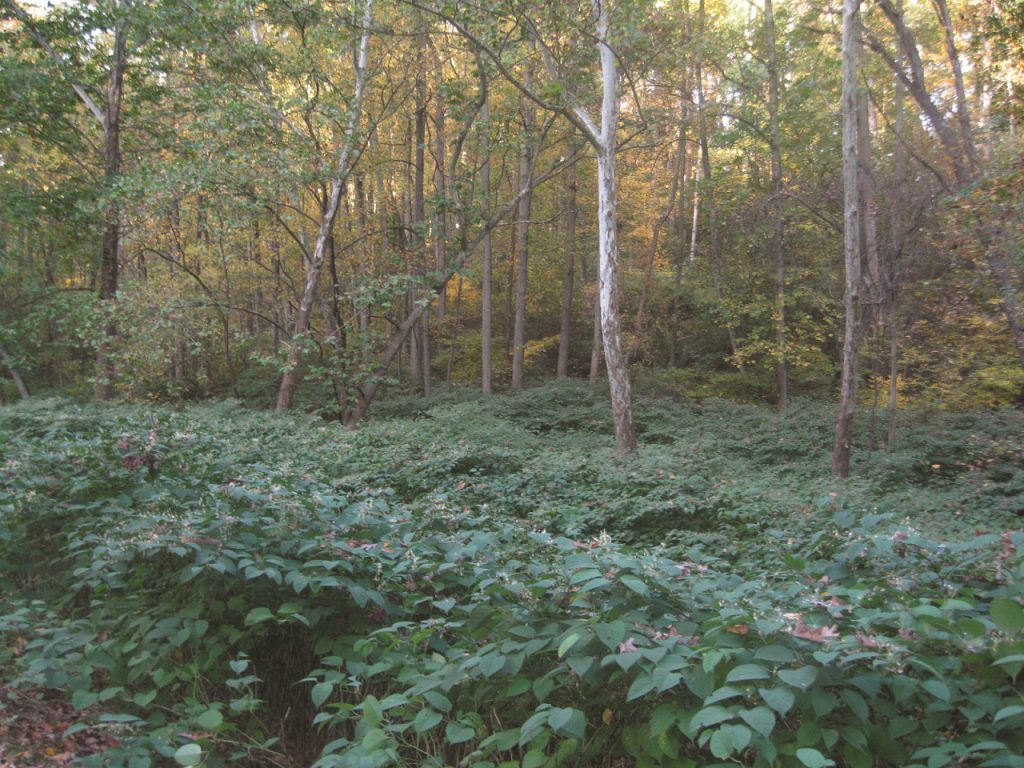
Japanese knotweed (Fallopia japonica)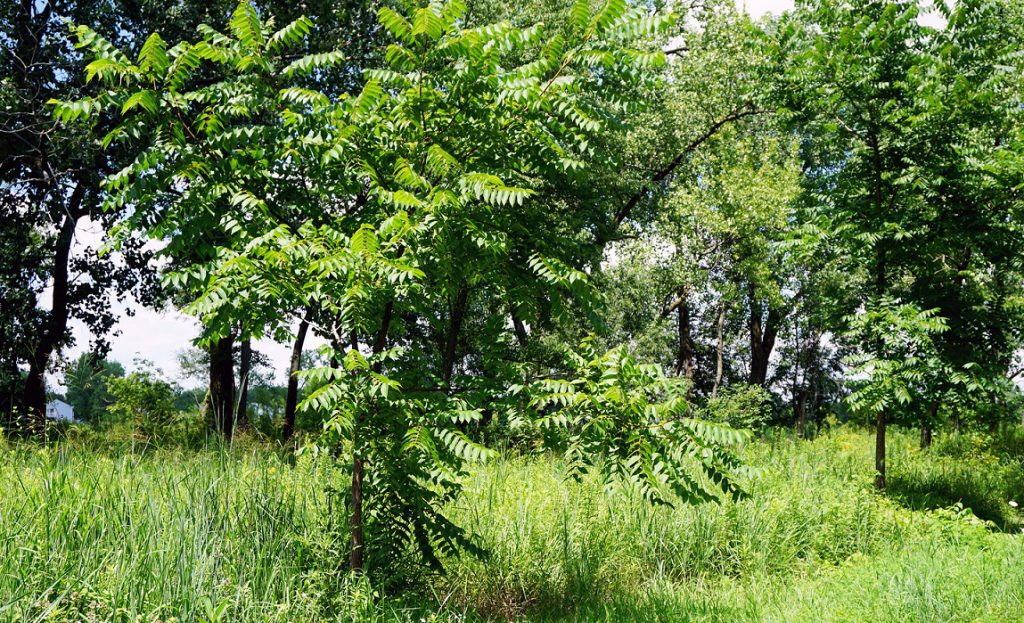
Tree of heaven (Ailanthus altissima)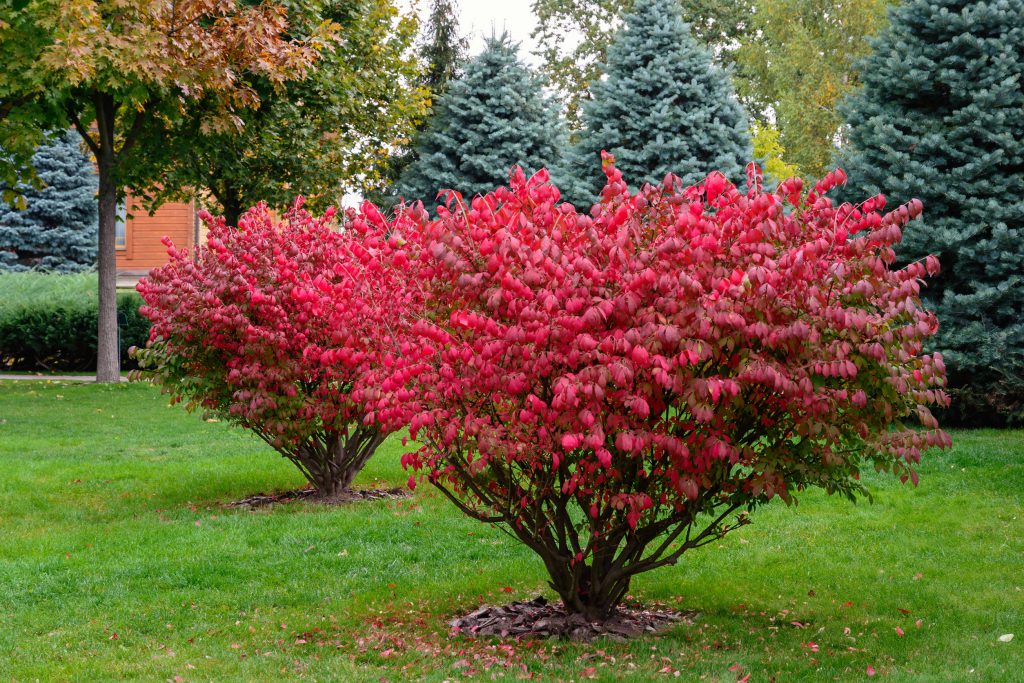
Winged euonymus, burning bush (Euonymus alatus)Some common invasive plant species.
Some invasive plants were introduced accidentally. Others were first planted intentionally, owing to some endearing quality they possess. Once established, however, these species have overtaken ecosystems by outcompeting native flora and have negatively impacted wildlife populations.
Be sure to know what plants are considered invasive in your area. The USDA provides a number of resources and invasive species lists at the National Invasive Species Information Center.
Some places have instituted programs to control the spread of invasive plants. In fact, many areas now restrict the sale of certain species known to be invasive.
Removing invasive plants on your property is largely dependent on the species. Methods include:
pulling plants out at the roots manually;mowing or trimming to prevent plant growth;judicious use of selective herbicides;using grazing animals to control plant populations.
It is important to tailor strategies for managing invasive plants to the species, situation and local ecosystem. A multi-faceted approach may be necessary because these plants have an amazing capability to persist and regrow. Local experts, such as a Certified Arborist, can provide good advice.
When an appropriate program is implemented, the results can be astounding. Just know that even when you see short-term results, management of invasive plants often requires a long-term commitment.
The post Identify and Manage Invasive Plants first appeared on Tree Topics.
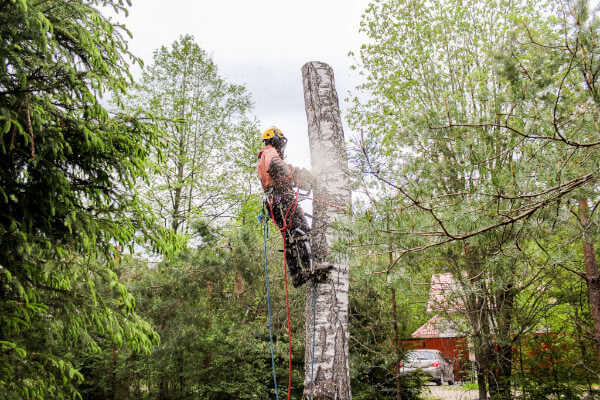
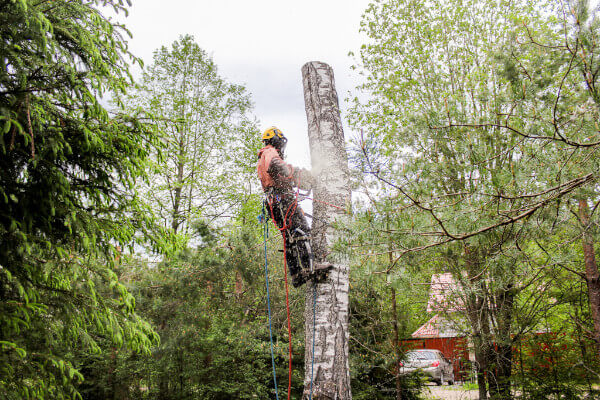
Last December, a CNN article declared 2020 as the year of scary bugs. But 2021 has perhaps been worse with the return of the infamous …
The post Three Tree & Shrub Pests To Watch appeared first on Turf Magazine.
Did you miss our previous article…
https://www.cincinnatitreeservicecare.com/?p=269
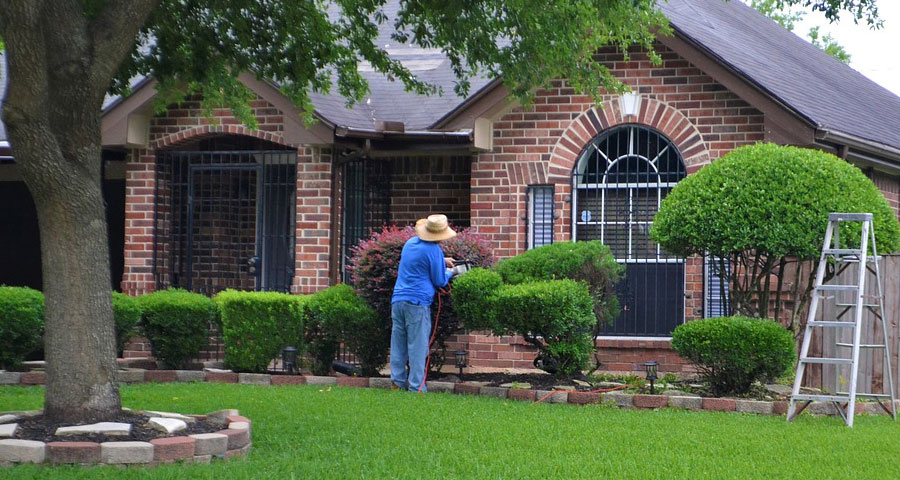
Spring tree care is an investment that can provide significant returns and leads. Attractive and healthy trees go a long way in enhancing the appearance of your property and in adding value as well. As a certified tree service in Fort Worth, we can take care of your maintenance and spring tree care needs. Maintaining trees and shrubs requires a certain level of knowledge and expertise.
You could save a lot of time, money, and effort by hiring a certified tree care expert for your spring maintenance.
We staff ISA certified arborists and tree care experts that are highly trained and specialized. Our crew is equipped with the proper training to analyze tree related issues and to correct them with proper tree care. Our arborists can do a lot from identifying potential hazards or harmful concerns to implementing the right services to help your trees.
Arborists have the experience to come up with a plan of action that will help your trees and ensure a healthy and happy yard. Not paying attention to sick or decaying trees can eventually cause your other plants to show signs of sickness. It doesn’t take much for pests and diseases to jump from one tree to the next. An arborist will make sure that all signs of damage, decay, and disease are caught early before they can wreak havoc in your yard.
Spring care is something that needs a lot of time and attention. It is not enough to give your yard a quick once-over. We have a keen eye and enough time and hands on deck to assess the health of your individual trees and take adequate measures to protect them.
As certified tree care experts, we know the kind of services that your trees require for staying healthy and the best way to provide these services. Not to mention, our arborists have experience offering a wide range of care options, such as tree pest control, tree disease control, planting, tree removal, stump removal, and tree trimming or pruning among others.
We are your one stop shop for everything that needs to be done as part of spring tree care. Call today for a free quote: 972-743-9959.
The post HIRE A CERTIFIED TREE CARE EXPERT appeared first on Chippers Tree Service.
Did you miss our previous article…
https://www.cincinnatitreeservicecare.com/?p=236
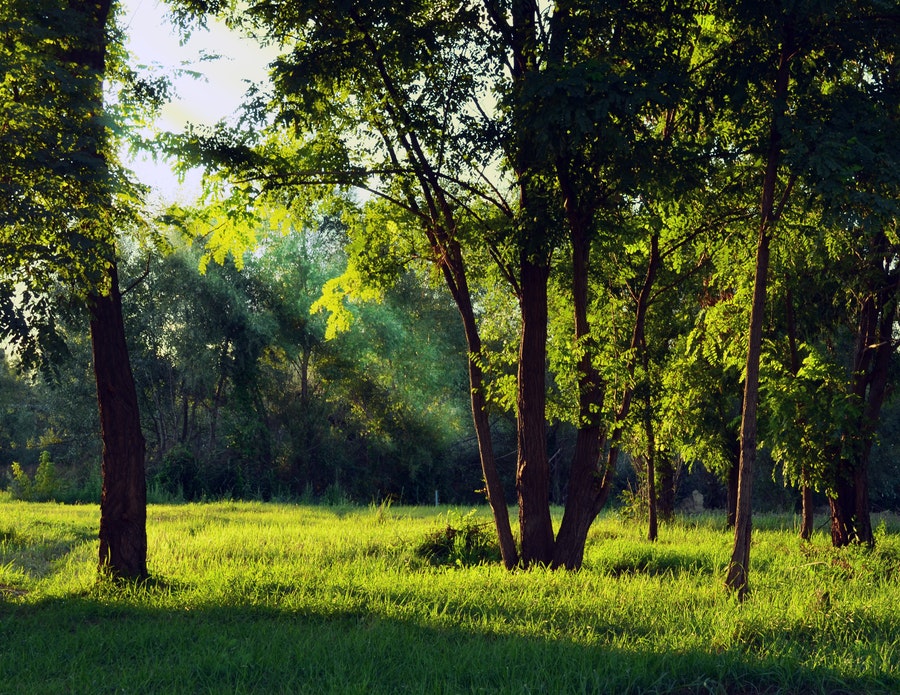
August is the most critical time of year to spot the Asian longhorned beetle (ALB) as adult activity peaks. As a result, the U.S. Department …
The post August Declared “Tree Check Month” For Asian Longhorned Beetle appeared first on Turf Magazine.
Did you miss our previous article…
https://www.cincinnatitreeservicecare.com/?p=231

It’s tough to find garden plants that thrive in wet soils or areas where there is standing water. You want a plant that can live in less than hospitable conditions while also looking great. In these instances, buttonbush (Cephalanthus occidentalis) may be your plant.
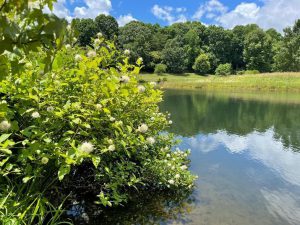
Buttonbush prefers wet conditions and can even grow in standing water.
Buttonbush is a small to medium sized shrub that can reach a height of 10 to 15 feet tall with a medium spread of 8 to 10 feet. It is sometimes called button willow, honey bells or honey balls. This multi-stemmed plant has leaves that come in pairs or in threes. The leaves are a glossy dark green with a narrow, oval shape. Further, they have smooth margins and a pointed tip that rounds to a tapered base.
When it is happy, buttonbush produces long-lasting white or pale pink flowers. The flowers are unique. They have a round shape and a pincushion-like appearance, like a spiky ball. As the flowers fade, they mature into reddish-brown fruits that persist into winter.
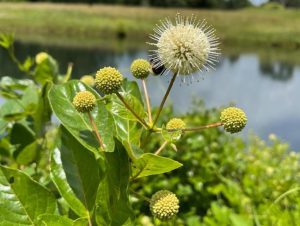
The unique buttonbush flower attracts many pollinators.
Buttonbush is a wildlife lover’s dream. The fragrant flowers attract hummingbirds and pollinators. Moths and butterflies frequent the plant for its sweet nectar. In addition, the fruit is a good food source for birds. Species including robins, towhees and kingbirds find the plants just as pleasing as the ducks and water birds that live in the wet areas where buttonbush often grows.
Buttonbush is native to much of the United States. As it prefers moist conditions, you may spot it growing on stream banks, shorelines and in swamps. In fact, it can tolerate growing in water up to depths of three feet. While it can grow in drier soil, buttonbush prefers soil with regular moisture to the aforementioned wet extremes. Some insect pests may cause minor damage, but drought conditions pose a greater threats to its growth and health.
With its unique attributes and adaptability, buttonbush is a worthy addition to diverse landscapes. It is a great option for wet areas of a property or even regular garden locations that get lots of moisture.
The post Buttonbush: A Plant that Thrives in Wet Soils first appeared on Tree Topics.
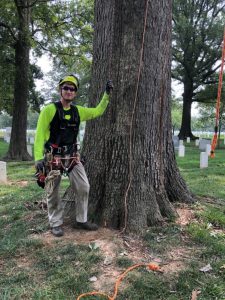
Bartlett Tree Experts recently participated in the National Association of Landscape Professionals (NALP) annual service event. As part of the event, Bartlett installed lightning protection in some of the historic oak trees at Arlington National Cemetery.
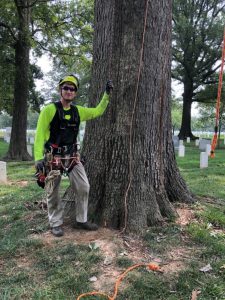
Arborist Climber Eli Swadener installed lightning protection on historic oak at Arlington National Cemetery.
Eli Swadener, an Arborist Climber from Manassas, Virginia, was quoted in an article, “Renewal and Rembrance Celebrates 25th Anniversary with Two Service Locations,” published by the NALP.
Swadener was one of 150 landscape industry professionals who volunteered their time and skills at Arlington National Cemetery on July 19 during NALP’s annual Renewal & Remembrance event. The event is held to honor the men and women buried there. Because his father and grandfather served in the military, Swadener said volunteering at Arlington meant a lot to him. “To be able to contribute and give back is so important and I’m so thankful for the opportunity,” he said.
Swadener installed lightning protection on some of the historic oak trees at Arlington National Cemetery during the event. “A lightning strike can be devastating to a tree in terms of opening up the inner tissue, the heartwood,” he said. “Sometimes it chars but that can result in rot and eventually that could result in structural damage that potentially could lead to it falling from some destructive force later on once it’s weakened. It’s very important for historic trees like this that take hundreds of years to grow.”
The post Installing Lightning Protection at Arlington National Cemetery first appeared on Tree Topics.
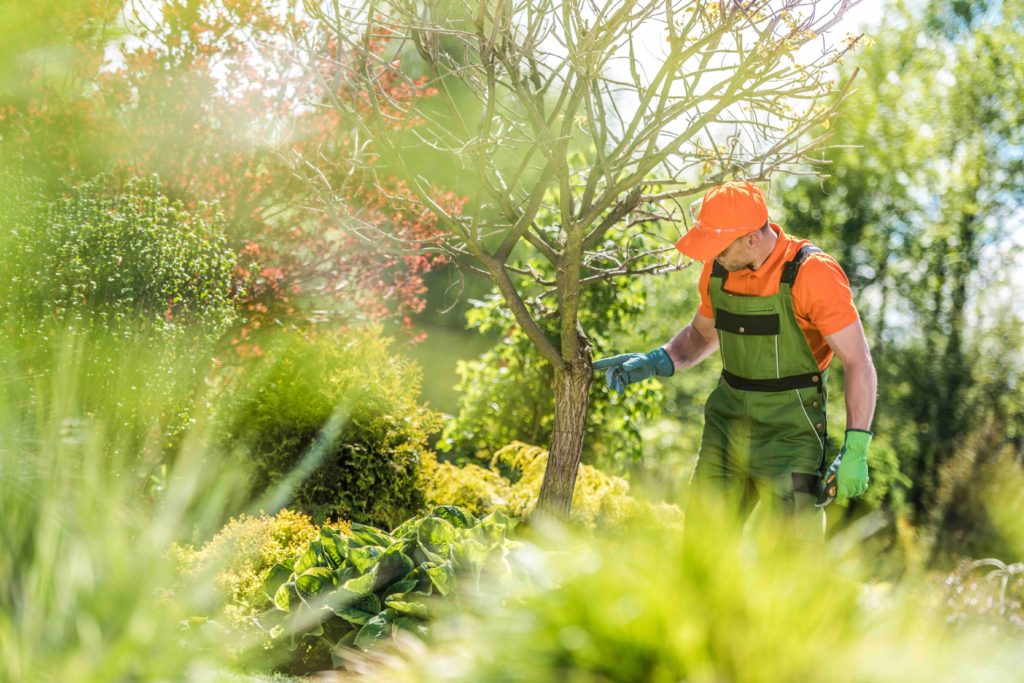
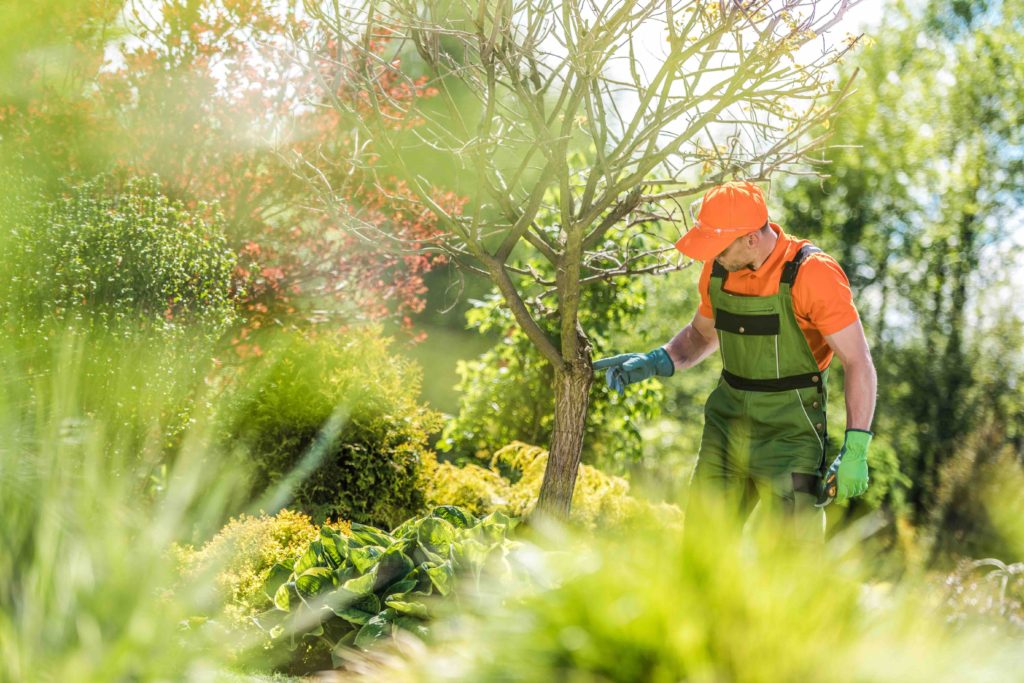
Summertime in Texas literally boils down to hot. Older and more established trees are already adapted to the heat and humidity and will not need extensive summer tree care. However, if you don’t take care of younger and newly planted trees, you may need to call for tree removal services. Excessive heat exposure can cause decay, stunted growth, and death of the tree.
There are two vital things you can do for your trees during the summer that will allow them to reach their full potential.
Newly planted trees or young trees don’t have extensive root systems as mature trees. It is important you supply the tree with regular deep watering. The rule of thumb is to water your tree for 2 to 3 minutes every 2 to 3 days when the temperatures are above 90 degrees. You need to thoroughly saturate the area directly around the tree trunk.
Species of the tree, location, and soil characteristics will determine the amount and frequency of water. You need to pay close attention to the tree as you water. Reduce the amount of watering if you notice standing water or puddles. Trees in shady spots don’t need as much water as the ones in direct sunlight all day.
Never water a tree daily. Your tree needs to spread its roots downwards for developing a strong and healthy root system. The tree would not need to grow its roots if it gets water at a shallow level. Such trees usually topple over during the many notorious Texas storms. It is best to consider a deep watering practice.
You should ideally mulch the tree when you plant it and then at the turn of every season. The mulch layer should not be thicker than an inch or two. There should be considerable gap between the mulch and the tree trunk. It is best to make a donut shaped ring of mulch around the tree base so that water gets funneled down to the roots.
Mulch is useful during the summers since it retains moisture and keeps the soil and roots of the tree moist. You should not mound mulch around the tree trunk. This will result in rot and decay. It will also create a hiding space for insects that may harm the tree.
Mulch bed is helpful in suppressing weeds and grass that may compete for resources and water. It will also prevent you from taking your lawn mower too close to the tree and accidentally harming the bark. Mulching is a crucial part of summer tree care routine for all species of trees. You can ensure your trees get adequate nourishment and protection by spreading a layer of mulch.
The post Everything You Need to Know About Summer Tree Care appeared first on Chippers Tree Service.
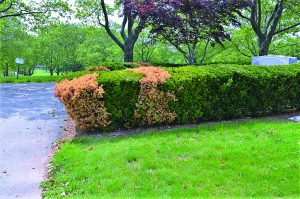
Phytophthora root rot is a disease of many trees and shrubs. The disease derives its name from the Greek language and literally means “plant destroyer.” As such, this is a fitting name for the pathogen, which can kill its host by growing through the roots upward. Phytophthora root rot thrives in wet and poorly drained soil conditions and attacks a wide range of species.
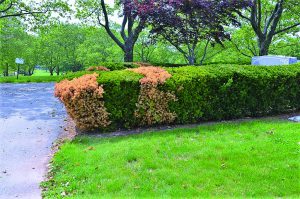
Evidence of phytophthora root rot on yews.
azaleaboxwoodconifersdaphnedogwoodhollyjunipertaxusrhododendron
A soil-borne microorganism, Phytophthora species are more closely related to brown algae than to fungi. Phytophthora root rot grows and produces spores under wet soil conditions. The spores (known as zoospores) have flagella that allow them to easily move through water. First, the zoospores germinate and infect fine roots. When conditions favor development of the pathogen, it will progress into larger roots, the root flare and even into the stem. Consequently, a serious infection that has spread throughout the root system can cause the eventual death of the plant.
Plants with root disease appear as unhealthy; leaves will become yellow and stunted, and new growth slows. Further, the roots of affected plants will be black and shriveled. Symptoms will vary based on the type of tree or shrub impacted.
Phytophthora species can persist in the soil for many years, spreading to nearby plants when it rains or plants are watered. With this in mind, it is particularly important to pay attention to the soil conditions in which your trees and shrubs are growing. To further protect your plants, ensure trees and shrubs live in well-drained soils that are amended with organic matter. Additionally, you should carefully monitor irrigation to prevent saturated soil.
Plants exhibiting early stages of root disease may respond well to soil treatments with systemic fungicides and cultural practices. However, plants with later stages of disease are unlikely to recover. Therefore, preventive management is the best course of action. The most essential step to protecting plants from Phytophthora root rot is maintaining good soil drainage.
The post Phytophthora Root Rot Disease first appeared on Tree Topics.
Did you miss our previous article…
https://www.cincinnatitreeservicecare.com/?p=132


It is no easy task to keep up with the ever-demanding needs of a house. There are several DIY jobs you can do around the yard. However, tree services are something that is best left to the professionals. This is especially true for tree pruning service. You should not undertake tree removal or stump grinding on your own as well.
These are a few reasons why you should consider hiring tree care experts to take care of your yard.
Tree Work is Rife with Hazards
Tree work is among the most dangerous chores around the house. You can find it difficult to identify tree hazards especially when undertaking chopping tasks. Most trees don’t show outwardly signs of damage. However, they can still present a danger. An experienced arborist knows the kind of signs to watch out for.
They know which tree is diseased and with what. They know if a tree is decaying on the inside while still looking vibrant outside. You may not realize that the tree in your yard is almost rotted. But, a tree care expert would know that. Often, tree care requires working with overhead power lines or other similar hazards. You don’t want to undertake these jobs on your own.
Professionals Have Deep Tree Knowledge
Different tree species in DFW area have different needs. You don’t just need extensive knowledge of tree biology. But, you also need to have an in depth knowledge of the various techniques in tree care. You may end up damaging the tree if you don’t know what it needs. Sometimes, incorrect care can do more harm than good. Some things are best left to the professionals and tree care is one of them. This is particularly relevant where watering, mulching, planting, trimming, and removal is concerned.
Experience Matters with Trees
There are several tasks that require an experienced tree care expert. Tree removal or trimming is not as easy it looks. There is a lot to it than just sawing off branches. You shouldn’t let a tree branch fall just anywhere. It could cause property damage or personal injury. It takes a certified arborist to understand the nature of a tree and take adequate precautions while performing a task.
For instance, during tree removal the tree care expert would use a combination of ropes and tools. At the same time, while trimming, the professional would know which cuts to use and how much to trim. They will also identify potential signs of injury or damage to the tree. Professionals know how to keep an eye out for insects, pests, infections, and diseases. Improper pruning has been known to kill a tree. Professional tree services will make sure your trees remain healthy and vibrant.
The post Why Should You Consider Hiring Professional Tree Services? appeared first on Chippers Tree Service.